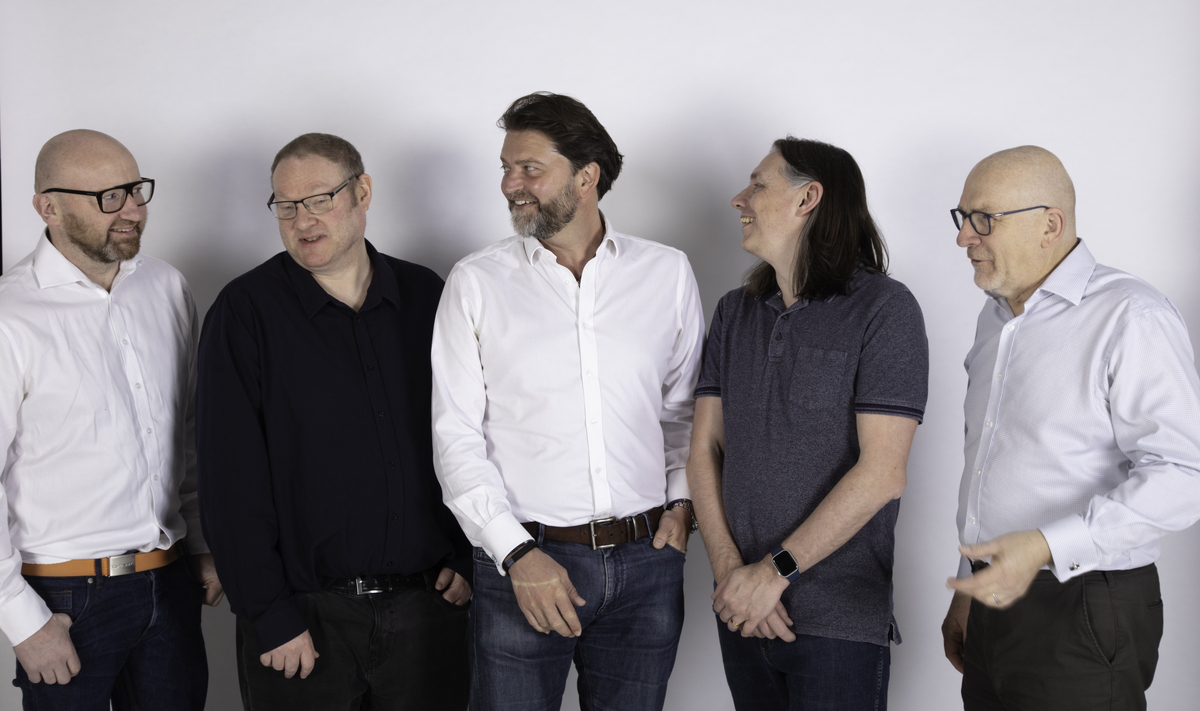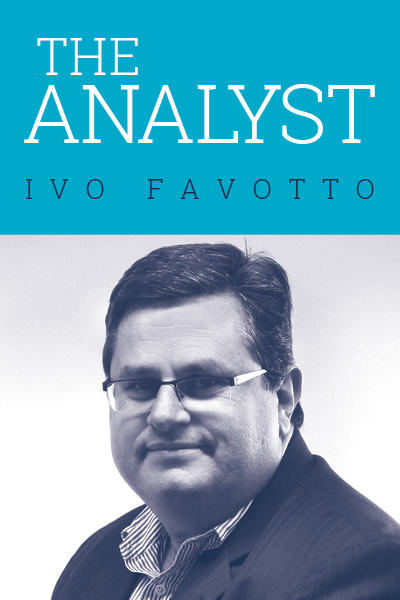
The Moodie Davitt Report introduces the latest feature in The Analyst series, written by The Mercurius Group Founder & President Ivo Favotto*. Here the long-time travel retailer, now Sydney-based consultant, assesses the contrasting pace of airport infrastructure development in Sydney and Greater Brisbane in recent years – as Sydney Airport decides whether to take up its right of first refusal to operate the new Western Sydney Airport.
The views expressed in this column are not necessarily those of the publisher.
One is Australia’s business capital, the other the play capital. One has five million inhabitants, the other 3.5 million. One has one airport, the other four. And one has built no new runway in the past 20 years, the other is building three. The contrast couldn’t be starker.
One is Sydney but the other location isn’t London, New York or Paris – some of the more famous multi-airport cities. It’s the Greater Brisbane region known locally as South East Queensland (SEQ)
The politically charged debate over the potential construction of a second airport for Sydney rages on, as it has done ever since the Major Airport Needs of Sydney – MANS – study in 1975. While this has been happening SEQ just got on with the job of developing its airport system.
SEQ has four airports – Brisbane with 22.6 million passengers, Gold Coast with 6.4 million, Sunshine Coast with 1 million and the newly opened Brisbane West with 0.2 million. As a region SEQ generates a total of 30.2 million airport passengers from a population base of 3.4 million. That’s 8.9 passengers per head of population.
By contrast, Sydney – Australia’s largest, richest and most international city and the gateway to the country – has one airport accommodating 42 million passengers from a population base of 4.9 million. That’s just 8.6 passengers per head of population.
Surprising isn’t it? Especially when you consider that international passengers at Australia’s primary gateway, Sydney, are dominated by foreign visitors while Brisbane’s international passengers are mainly from the local region.
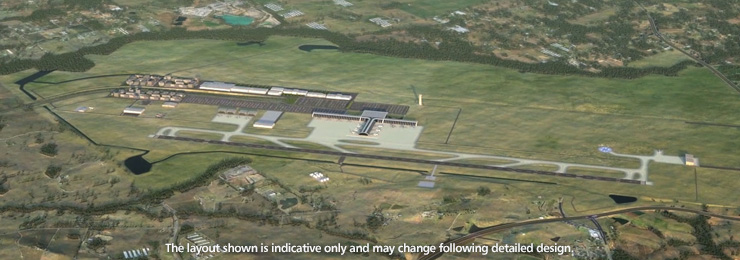
And while Sydney might perhaps have a second airport by 2026 (based on the Federal Government’s current timetable, and with Sydney’s owners due to decide by 8 May whether to take up an option to run Western Sydney Airport), SEQ is investing heavily in new runway capacity now.
More than A$250 million of private investment funded the new Brisbane West Airport – Australia’s first greenfield passenger airport since Melbourne’s Tullamarine in the 1970s. Brisbane West opened in November 2014 with a 2.8km runway servicing the Toowoomba region around 125km west of Brisbane.
Brisbane Airport, SEQ’s main gateway, currently has a new 3.3km, A$1.35 billion parallel runway under construction and is due to become operational in 2020.
The newly privatised Sunshine Coast Airport, just 100km north of Brisbane, recently had its proposal for a new 2.5km, A$300 million runway approved by Government and underwritten by private investors.
And while Gold Coast Airport hasn’t got a new runway, it extended its runway by 500m to 2.5km just a decade ago.
And in Sydney, open fields set aside for Sydney’s second airport more than 20 years ago still sit idle.
That is not to say that Sydney Airport hasn’t invested in infrastructure. It has. And in a big way, with very significant investment in terminals, the airfield, car parks, roads and other infrastructure.
But there is no new airport to service the distant geographies and vast populations of Sydney’s fast growing west. And no new runway capacity to service rising traffic levels.
Sydney Airport is not only Australia’s busiest airport, it’s also one of the fastest growing. International traffic at Sydney Airport grew by a remarkable +8.6% in 2016.
Political pressure is increasing to build Western Sydney Airport at Badgery’s Creek located about 55km to Sydney’s west, driven by a jobs-for-the-west agenda in what has been a traditionally east-looking Sydney, where much of the established population and wealth resides.
Under the terms of its 2002 privatisation, Sydney Airport has a first right of refusal to build and operate any new airport within a 100km radius of the current airport. So when the Government issued its Notice of Intent to build Badgery’s Creek in December 2016, it gave Sydney Airport until May 2017 to respond.
So far, Sydney Airport’s CEO Kerrie Mather has called the investment in Badgery’s Creek Airport on the scale proposed by the Government (initially a single 3.7km runway and 10 million passenger capacity terminal) “deeply uneconomic”.
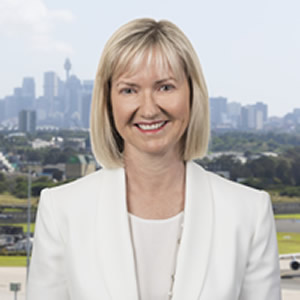
And she’s probably right. Second (and third) airports have a notoriously poor financial track record as stand-alone, commercially viable facilities. London Stansted took decades [to make money]. Montreal’s Mirabel Airport – built in 1975 – has given up the struggle and reverted to just being a cargo airport.
Airports – particularly new ones – are as much about regional economic development and connectivity as they are about early financial viability. The development of Brisbane West Airport was as much about opening up spare land for commercial/industrial development and supporting the economic growth of its region as it was about the airport itself.
Airports require a lot of up-front investment and it takes time to build the requisite scale of traffic for commercial viability. Mather says it would take decades to make a return.
As a (minuscule) Sydney Airport shareholder but more importantly as an Australian taxpayer, it’s hard to ignore the “deeply uneconomic” comment – especially when you consider that despite its prime location in close proximity to Sydney’s CBD and relatively small land mass, Sydney Airport still has plenty of capacity.
Sydney Airport’s capacity is artificially constrained by 25-year-old regulations limiting the number of aircraft movements per hour and preserving a ring-fence of peak capacity for small regional aircraft.
These constraints are effectively based on Sydney Airport’s 1990s noise profile, which despite the more than doubling of traffic since then, has actually shrunk, thanks to the miracle of new aircraft/engine technology and ever larger planes.
Sydney Airport probably has a fair argument to suggest that these constraints should be lifted if a second airport is ever built (either by Sydney Airport or someone else) – and perhaps even if it isn’t.
Lifting the constraints on Sydney shouldn’t stop the development of a second airport for Sydney though. SEQ has shown that it is possible – and probably more favourable – to have more than one airport serving such a big population catchment.
Three of the four SEQ airports operate profitably and achieve decent returns on investment (while as a private company Brisbane West hasn’t released any financials, it is highly likely that it is not stand-alone profitable just yet).
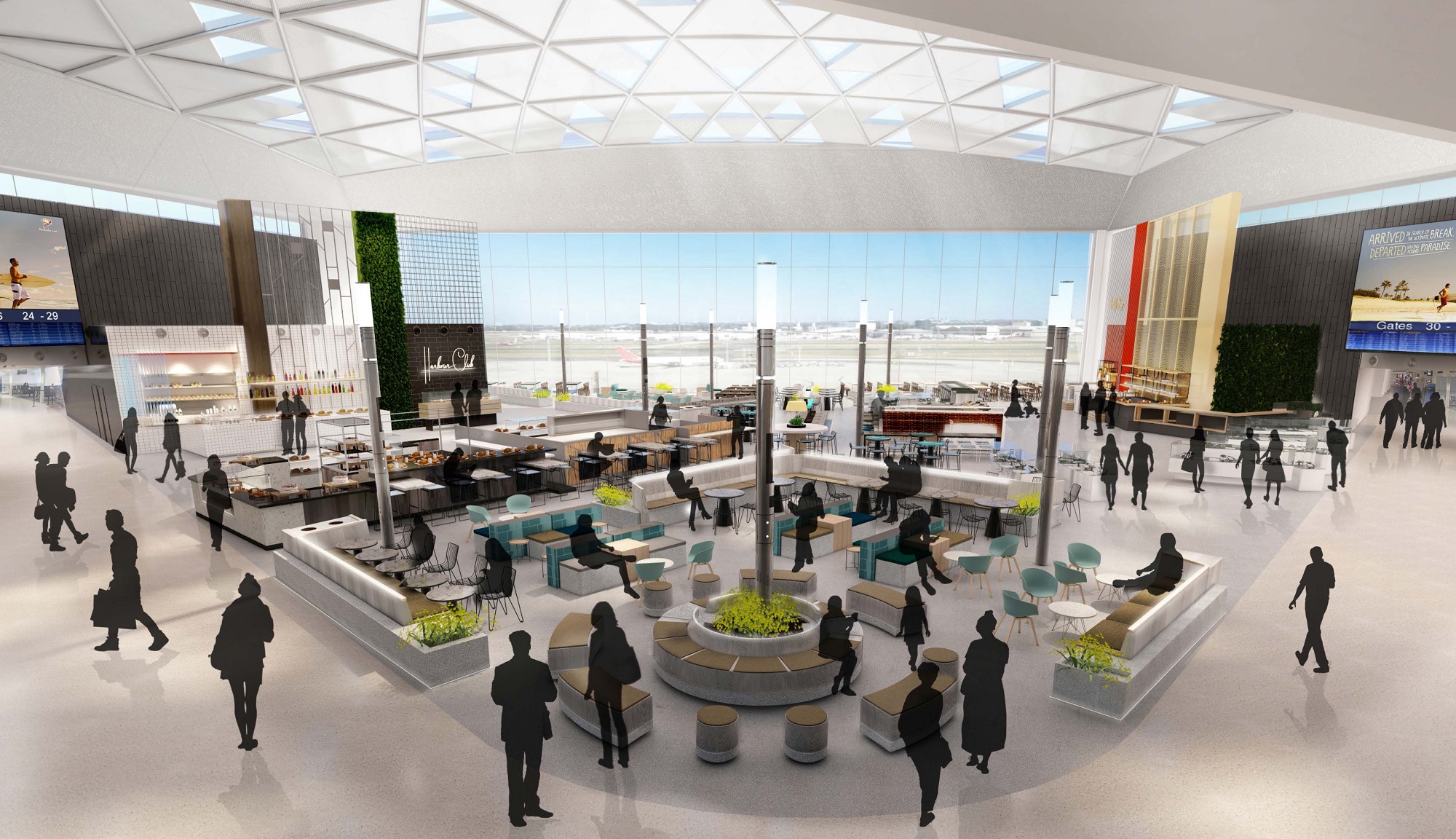
Most importantly, it’s not a zero-sum game. A second airport for Sydney would likely grow the pie by making travel more accessible and convenient to more people. And competition could drag down prices and attract more low-cost carriers from China and across Asia.
So what does this mean for travel retail? Not much in the short run of course, because a second airport for Sydney isn’t going to open any time soon. But it does mean plenty in the medium to long term.
Australia’s international passenger traffic has been on a long-term growth trajectory – growing at more than 1.5 times the global average for the past 30 years. The more airports and airport capacity that is built, the more chance there is of this situation continuing. It’s not simply a case of “build it and they will come”. They are already coming.
And if Sydney’s second airport unleashes additional traffic growth – as additional runway capacity appears to have done in SEQ – then the upside for travel retail could be hundreds of millions of dollars in extra sales for travel retailers.
Travel retailers and brands – watch this space.
*Watch out for a comprehensive Australian travel retail market report from Ivo Favotto in the May edition of Moodie Davitt Interactive, our fusion of print & digital.
Please visit The Mercurius Group website for more information and analysis.
Previous articles by The Analyst:
Does providing a free parking period give you social licence to charge more for car parking?
Car parking spots becoming like airline seats
Australian downtown tax free shopping outstrips airport duty free
‘Brexit’ and the five stages of grief
What does ‘Brexit’ spell for European travel retail?
Australia bucks retailer consolidation trend
*About Ivo Favotto
Ivo Favotto has a long and distinguished record in the airport and travel retail sectors. A trained economist, he entered the airports/infrastructure sector with Australia’s Federal Airports Corporation in 1992 as GM – Planning & Economics.
He later built a highly successful international airports/infrastructure consulting practice, working with three firms – Bach Consulting, Arthur Andersen and URS Corp – and advising many of the world’s leading airports, governments and investors in the areas of retail planning, master planning and privatisation/transaction support.
In 1998 he established the market-leading Airport Retail Study, selling it to Moodie International so he could join The Nuance Group (now owned by Dufry) as Executive Vice President – Strategy & Business Development in Zürich. He later returned to his native Australia as Director – Sydney Airport before being named Executive General Manager of Duty Free & Luxury, Pacific for Lagardère Travel Retail.
 He has now formed The Mercurius Group, a Sydney-based consultancy focused on industry research, consultancy and benchmarking studies. The company also assumes responsibility for revamping and relaunching The Airport Commercial Revenues Study (ACRS), which Ivo founded (as The Airport Retail Study) and sold to Moodie International in 2007 as part of an informal alliance between Mercurius and The Moodie Davitt Report.
He has now formed The Mercurius Group, a Sydney-based consultancy focused on industry research, consultancy and benchmarking studies. The company also assumes responsibility for revamping and relaunching The Airport Commercial Revenues Study (ACRS), which Ivo founded (as The Airport Retail Study) and sold to Moodie International in 2007 as part of an informal alliance between Mercurius and The Moodie Davitt Report.
Contact: Tel: +61 423 564 057; E-mail: ifavotto@themercuriusgroup.com; Website:www.themercuriusgroup.com











